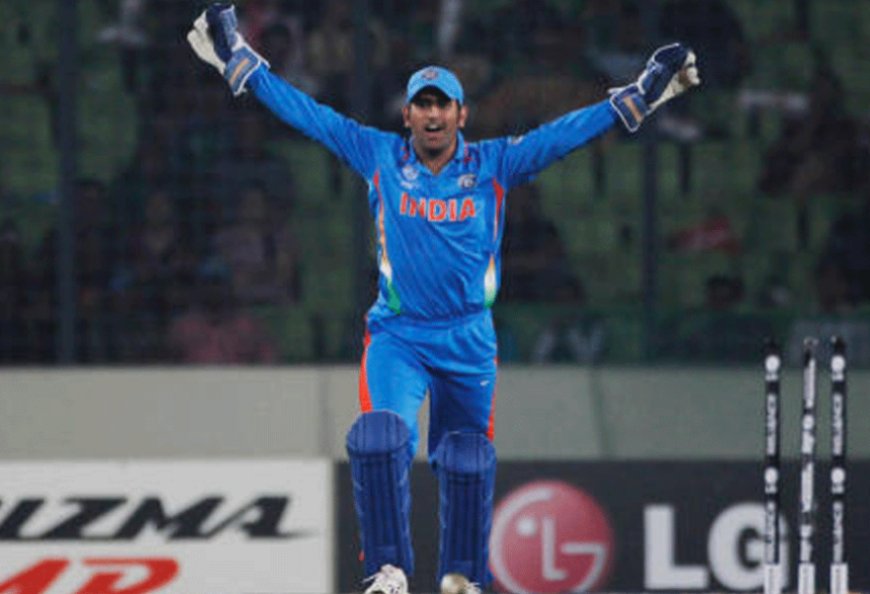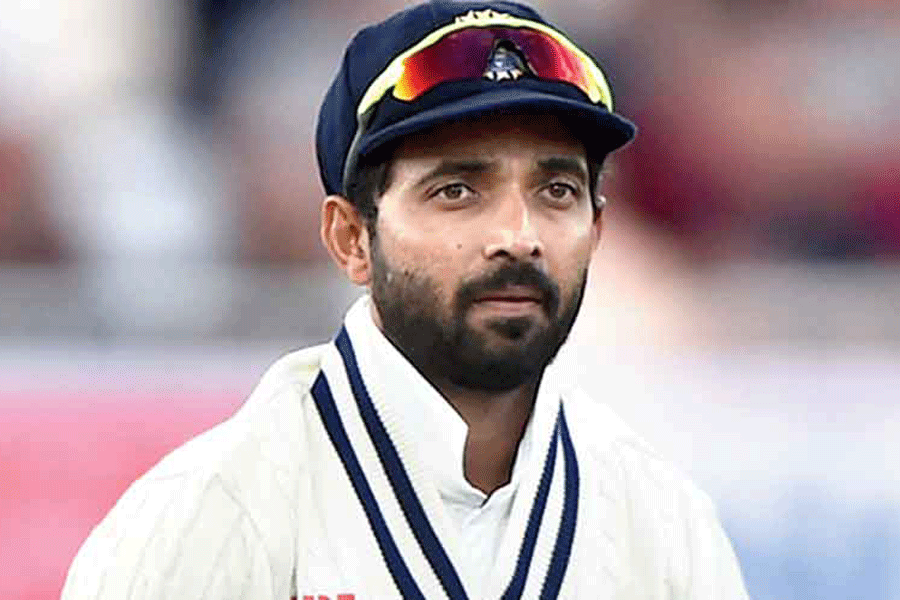Mahendra Singh Dhoni's Leadership Legacy and the Rise of India's New Generation
The 2007 World Cup Failure and the Emergence of Virat Kohli, Rohit Sharma, and Other Stars

The events that followed the disaster during the 2007 World Cup in the West Indies remain, in Mahendra Singh Dhoni's opinion, the lowest point in his career.
He had to spend a few days hiding out in a neighborhood in north Calcutta after his Ranchi home was set on fire. After being harassed by the media, it felt like being "a murderer or a terrorist" for a rookie like Dhoni.
He was "bigly impacted" by this, and he "channelled the aggression to become a better human being and cricketer."
India's 2007 catastrophe, in which they failed to advance beyond the group stage, was more than simply a defeat; it sent the nation into a frenzy about cricket, blind to the fact that a team of exceptional individuals could never win a championship.
Dhoni was tasked with leading a team in a format that was seldom played at the time, the first T20 World Cup in South Africa, in a matter of months. He concentrated on selecting young people who could handle its perks and excitement as a first phase. Senior players Sourav Ganguly and Sachin Tendulkar, along with Rahul Dravid, did not attend.
Dhoni selected his squad, instilled trust in the players, and gave them every opportunity to succeed. He never chose players and then benched them without giving them a meaningful run. He never let someone dwell on a missed catch, a botched at-bat or ball play, or placed blame on a player for a defeat. He was able to establish standards and get players to provide outstanding performances because to this balance. The two World Cups, which occurred in 2007 and 2011, provide sufficient proof of the change he initiated.

The likes of Dravid, Sourav and VVS Laxman were in the twilight of their careers and the new brand had started to emerge. The new crop had announced they were ready to step into the big boots of their predecessors. Virat Kohli was taking baby steps in the world of international cricket after having proved himself at the age-group level.
There was Rohit Sharma, a young and promising bat, who emerged from the Mumbai gharana with his technical acumen and khadoos (stubborn) mentality. It took some time for him to prosper but there was never doubting his class.
Premature comparisons with Tendulkar put pressure on him and he struggled to realise his potential. He missed out on the 2011 squad by a whisker because when it came to voting, Dhoni preferred Piyush Chawla. But the exclusion proved to be an inspiration for the Hitman whose twin double centuries in 2014 gave his career the launching pad he had been craving for.
Kohli has been the heir apparent to Tendulkar. With a record 50 centuries in ODIs
and 29 in Test matches, he still has it in him to scale unconquered peaks.
There was no dearth of promise and the Board tapped youngsters in every corner of the country. The evolution of the IPL also helped in nurturing the players.
Young prodigies in 2011 but battle-hardened pros in 2023, Kohli and Rohit’s journey has been a story of upheavals and tribulations. Under Kohli’s captaincy, Rohit scored a record five centuries in the 2019 World Cup before losing to New Zealand in the semi-finals.
Four years on, Kohli scored a record 765 runs in 11 innings and conquered the semi-final hoodoo before falling at the last hurdle.
It is unlikely that the golden generation of Kohli and Rohit would be there in South Africa and Zimbabwe in 2027. Rohit will be 40 with Kohli a year younger. The call for new faces will grow as the team will have to embark on the transition phase fast to give the players enough opportunity.
The new order though is already in place. Shubman Gill has shown the potential to develop into a match-winner, waiting to step into the next level. He has learnt the art of building innings from Rohit as he admitted after the semi-final in Mumbai.
“Everything about him really impresses me, I stand as a learner in the Powerplay,” said Gill.
There’s no doubting Gill’s abilities. Former England captain Michael Vaughan has gone on record to say that Gill is set to be the “next god of Indian cricket”.
The captaincy in the 50-over format is likely to pass on to KL Rahul or Hardik Pandya and both have been impressive in their short stint in a stand-in capacity. The ability to be inspirational along with clarity of thought is what makes a leader excel and they have lived up to expectations.
The batting is in safe hands with Gill, Rahul, Shreyas Iyer and the two southpaw keeper-batters Rishabh Pant and Ishan Kishan ready to shoulder the responsibility. With gradual progression, Kohli and Rohit will make way but the invincibility that surrounds India’s batting promises to live on.
This World Cup hasn’t been about just batting but also the performance of India’s Fab Five bowling unit. Mohammed Shami leads the charts with 24 wickets followed by Jasprit Bumrah, who has 20.
The likes of Shami and Ravindra Jadeja will make way for the younger lot. Bumrah has it in him to continue as leader of the pack if he stays fit.
Mohammed Siraj and Prasidh Krishna can meet the high standards and there’s enough depth to usher hope. Arshdeep Singh is waiting in the wings while the fiery pace of Umran Malik also needs to be carefully nurtured.
The baton has passed on as Kohli and Rohit have followed the inspirational trail left behind by Dhoni.
Except for the headline, this story has not been edited by Press Time staff and has been published from a syndicated feed.























































